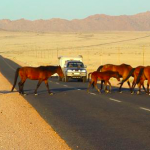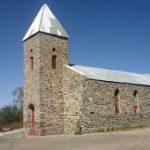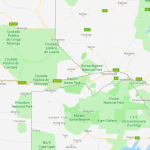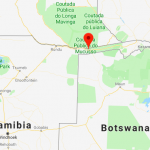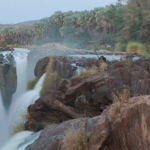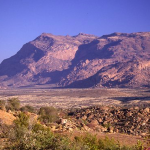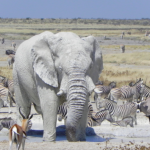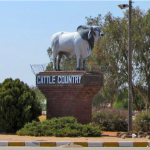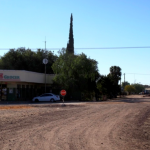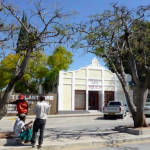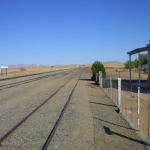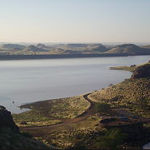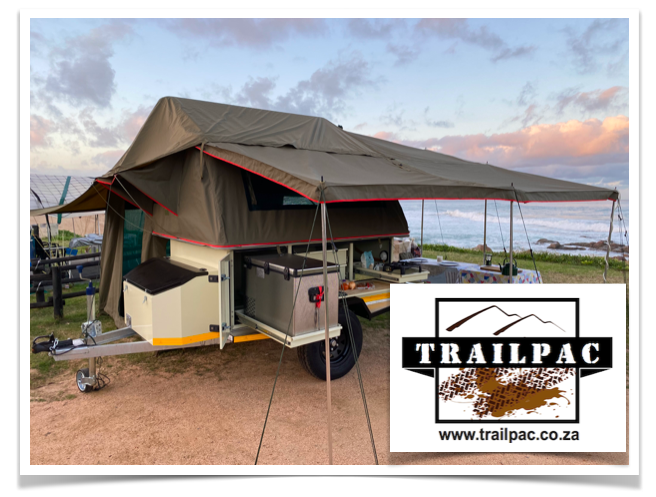Campsites in Namibia
Campsites in Namibia
Lies in the southern part of Africa. It is an excellent place to see wildlife due to it’s low population of 2.4 million people.
Namibia is named after the Namib desert, one of the world’s oldest deserts, said to be 55 million years old.
It stretches 2000km along the Atlantic coast of Namibia, South Africa and Angola.
Of the 13 different ethic groups in Namibia, the Himba tribe in the Kunene region, have not been affected by outside influences. They have clung to their traditional ways & beliefs as they wear traditional clothes, eat traditional food and practice traditional religion.
The Skeleton Coast was so named because of all the whale, seal and human skeletons that lined the coast. Over 100 ships met their end there due to blinding fog. As a result the bushmen refer to it as “Land God made in Anger” and the Portuguese refer to it as “The Gates of Hell”.
Tourist Attractions
- The remains of the Gibeon Meteorite shower that occurred in prehistoric times in central Namibia are exhibited in Windhoek.
- The Sans resided in Namibia more than 6000 years ago therefore it has the largest concentration of rock art.
- Sossusvlei sand dunes have some dunes that are the highest in the world. The highest is 383m.
- Close to Sossusvlei is Deadvlei. It is a white clay pan characterized by dark, dead camel thorn trees. The pan formed when the Tsauchab River flooded and caused the camel thorn trees to grow. The climate changed and the sand dunes encroached on the pan blocking the river from reaching the area. Due to the dry climate, the trees have not decomposed and are estimated to be approximately 900 years old.
- The Fish River Canyon is said to have formed some 500 million years ago as a result of water and wind erosion, and the collapse of the valley floor. It is the 2nd largest and oldest canyon in the world and lies close to the South African border.
- Namibia has 3000 free roaming cheetahs and almost 100 000 seals.
- It is 1 of 2 countries that has desert elephants. These elephants have adapted to their semi desert environment by developing smaller body mass, longer legs and larger feet. This enables them to travel for miles across sand dunes to reach water.

